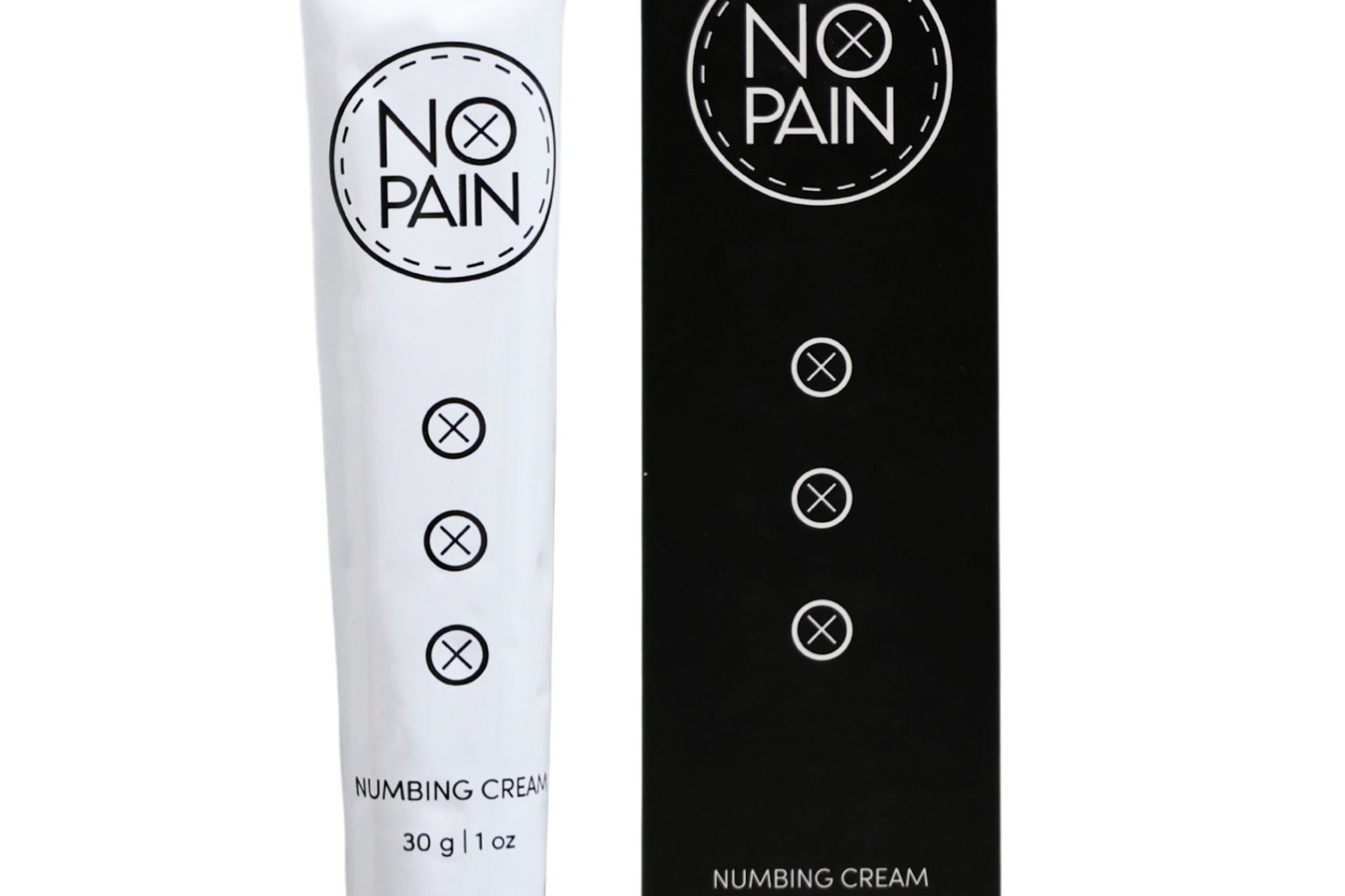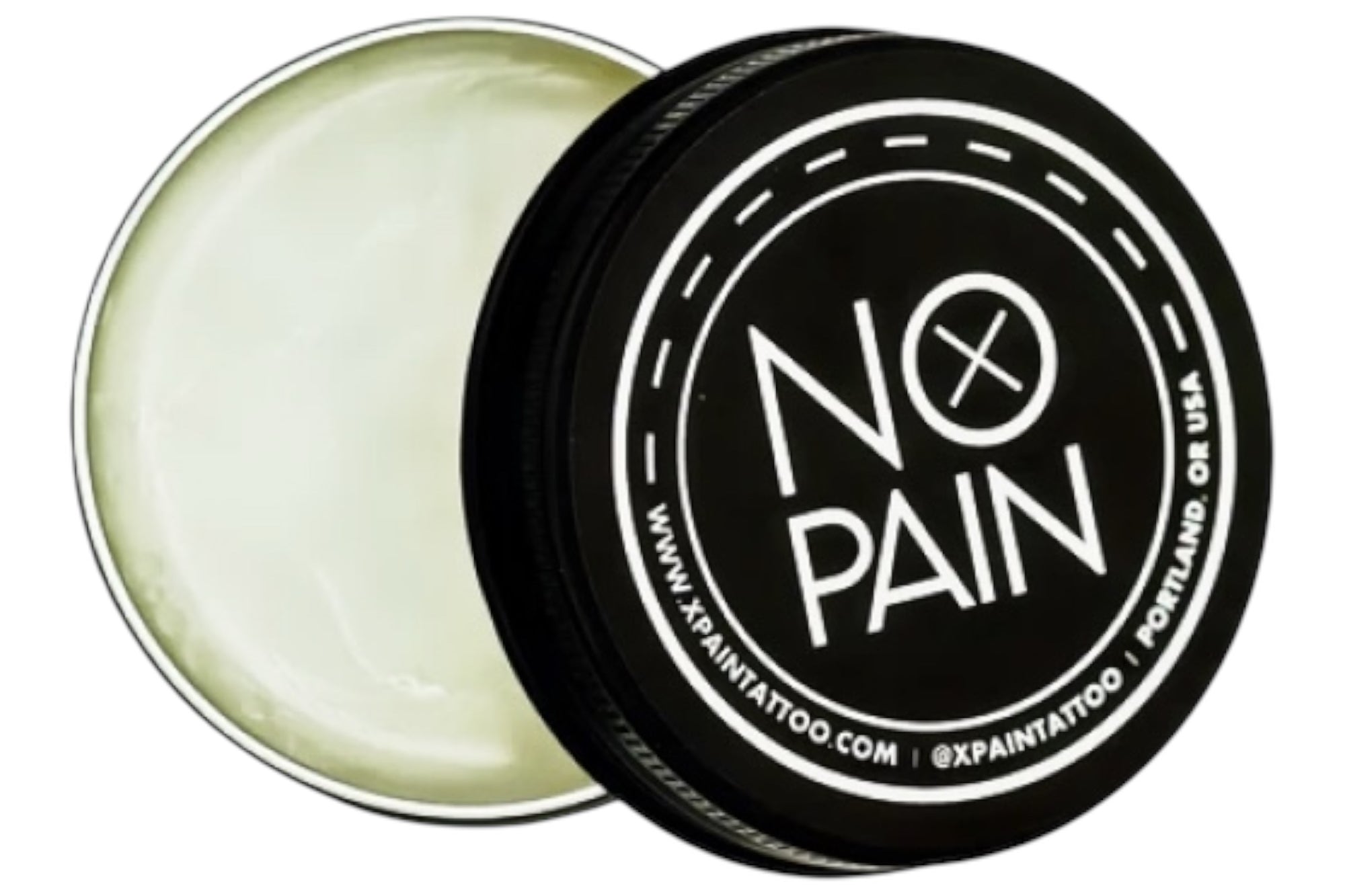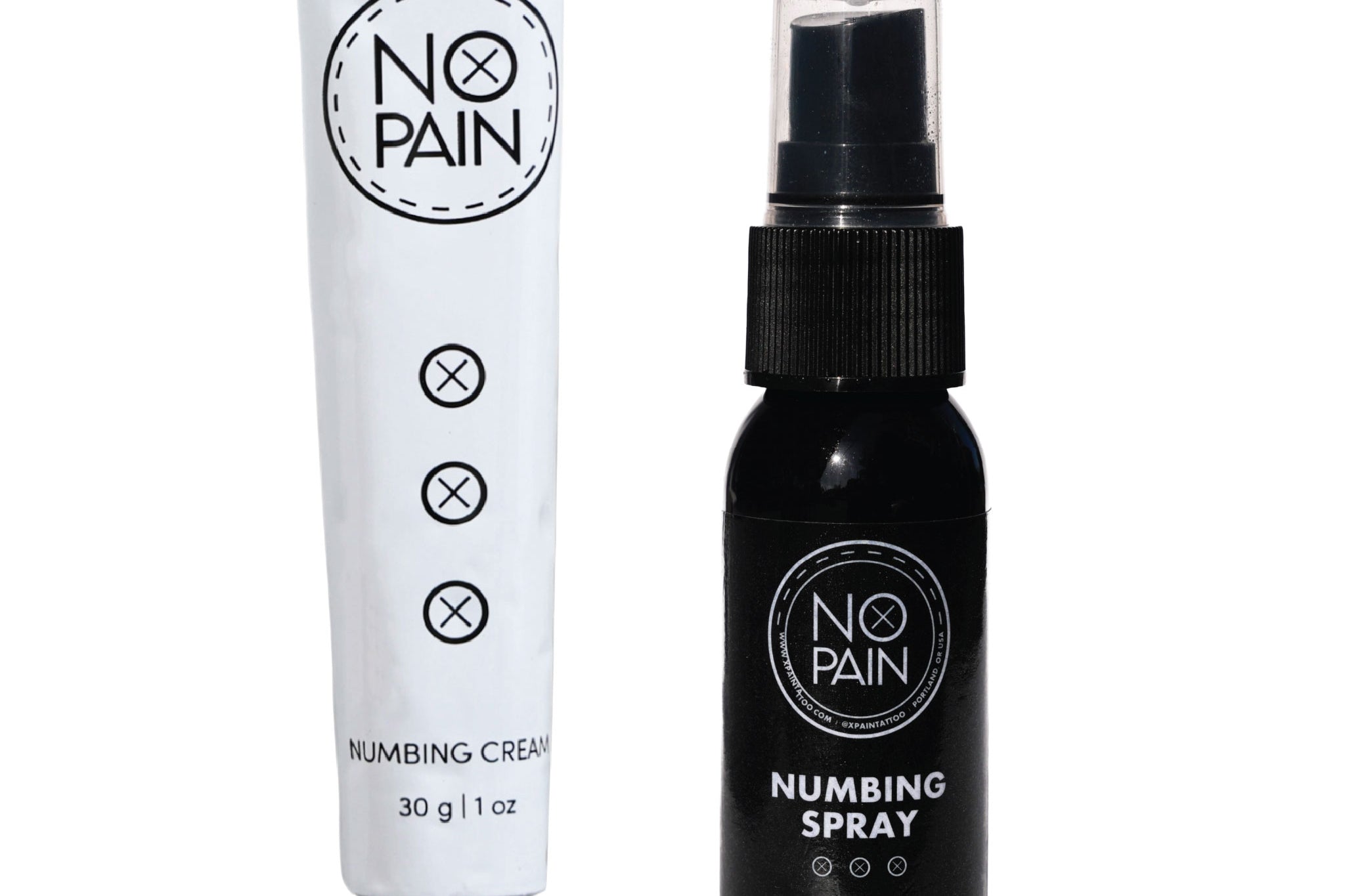As you scroll through your favorite tattoo feeds, you're bound to see it: delicate, intricate, and incredibly detailed tattoos that look like they were drawn with a precision ink pen. This elegant and hugely popular style is called "fine line."
But what does "fine line" actually mean? What makes it different from other styles, and is it the right choice for you?
This is your complete guide to the art of the fine line tattoo, from the technique and the look to the important considerations you need to know before getting one.
Defining the Fine Line Aesthetic
Fine line tattooing is exactly what it sounds like: a style that uses very thin, delicate lines to create a design. The overall aesthetic is subtle, elegant, and intricate, often resembling a detailed illustration from a technical pen or a delicate pencil drawing.
This style is perfect for:
-
Detailed floral and botanical designs
-
Architectural illustrations
-
Dainty script and lettering
-
Celestial patterns (stars, moons, constellations)
-
Small, intricate symbols and portraits
It's the stylistic polar opposite of American Traditional tattooing, which is defined by its bold, thick, and heavy black outlines.
The Technique: How Is It Done?
The secret to the style is the needle grouping. Fine line artists typically use a Round Liner (RL) needle, but a very small one. Often, they will use a 3RL (a tight grouping of just three tiny needles) or even a 1RL (a single needle). A "single needle" tattoo is the ultimate and most challenging form of fine line.
This technique requires an incredible amount of skill, precision, and a very steady hand from the artist. There is very little room for error, as any wobble or blowout in such a thin line is immediately noticeable.
The Pros and Cons of Fine Line Tattoos
The Pros:
-
Subtlety and Elegance: They are less "loud" than other styles, making them a great choice for a first tattoo or for those who want a more discreet, professional look.
-
Incredible Detail: The style allows for a level of intricate detail that is simply impossible to achieve with bold lines.
-
Often Less Painful: Because the needle grouping is so small and the process is less invasive, getting a fine line tattoo is often a less painful experience than a tattoo that requires heavy lining and shading.
The Cons (The Longevity Debate):
-
They Can Fade Faster: This is the most important con to understand. Thin lines are, by nature, more delicate. They have less ink packed into the skin than a bold line. Over time, and especially with sun exposure, these fine lines can soften, blur, or fade more noticeably than a traditional tattoo. They often require more frequent touch-ups to stay looking crisp.
-
Requires a True Specialist: A poorly done fine line tattoo is a disaster. You must find an artist who specializes in this technique and has a portfolio full of crisp, healed fine line work.
Aftercare for a Delicate Investment
Because the lines are so fine and delicate, the healing process is absolutely critical. A bad heal with heavy scabbing can easily pull out entire sections of a thin line, ruining the tattoo. A gentle, meticulous aftercare routine is non-negotiable for this style.
Our No Pain Tattoo Aftercare Bundle is perfect for protecting your delicate investment.
-
The No Pain Tattoo Cleansing Foam cleans the area without any harsh rubbing.
-
The No Pain Tattoo Soothing Gel calms the initial irritation.
-
The No Pain Tattoo Aftercare Balm provides the breathable moisture needed to prevent scabbing and ensure every single one of those tiny, delicate lines heals perfectly.
The Verdict: Fine line tattooing is a beautiful and highly skilled style that offers a subtle and intricate alternative to bolder forms of body art. It comes with a trade-off: the delicate look is often less painful to get, but it requires a greater commitment to long-term care and sun protection to maintain its crispness. If you love the look, find a true specialist and commit to a perfect aftercare routine. The result will be a stunning, delicate piece of art that you'll cherish.




